When we think of the Wild West, Tombstone often comes to mind, conjuring images of dusty streets, saloons, and, of course, gunfights. But surprise, surprise – there was actually a ban on carrying guns in town. Yeah, you heard right! In the midst of all the shootouts and legendary cowboys, Tombstone enforced a law that said you couldn't carry firearms within town limits. Crazy, right?
So, how did this come about? Picture this: it was the late 1800s, and Tombstone was buzzing with miners, ranchers, and the occasional troublemaker. The town wanted to keep things in check, so they introduced a measure to prevent folks from walking around armed to the teeth. This wasn't just a local quirk – it was part of a broader trend in American frontier towns trying to curb violence. But don't go thinking everyone just happily handed over their revolvers. There were disagreements, sneaky ways to ignore the law, and, not too surprisingly, conflict.
We'll dig deeper into what triggered this gun ban and how it played out. Plus, we'll look at the lawmen like Wyatt Earp who were tasked with enforcing these rules and how things really went down when the proverbial dust settled. Got you curious? Buckle up, because the tales from Tombstone are just getting started!
Tombstone's Gun Ban Origins
Back in the late 1870s and early 1880s, Tombstone was more than just a quiet Western town. It was a bustling hotbed thanks to the silver mines drawing in folks from all corners. But with all that hustle and bustle came trouble, and the town leaders knew they had to act. Thus, Tombstone decided to curb the chaos by implementing a gun ban. It wasn't about stripping away rights but aiming for safety amidst widespread tensions and, frankly, a lot of bad-tempered drifters.
How the Ban Came Into Play
The idea of banning guns wasn't pulled out of thin air. It was a response to the rising violence and a growing civic concern. In 1881, the Tombstone City Ordinance #9 was introduced, spearheaded by town officials as an effort to maintain order. This law made it illegal to carry deadly weapons within town limits, except for travelers passing through or lawmen on duty.
One might think the Wild West was all about shoot-first-ask-questions-later, but Tombstone was trying to establish some semblance of peace. The ordinance was a way to keep the saloons and busy streets from turning into battlegrounds.
The Reaction and Reality
Not everyone was thrilled with this idea. Obviously, for the cowboys and miners who were used to carrying their trusty pistols, this law was an inconvenience at best. But many folks preferred nagging a little less, arguing that any restriction was a threat to personal freedom.
"The possession of arms by the common citizen was viewed much differently than it is in modern times. Back then, it was both a necessity and a right," notes renowned historian Richard Slotkin.
This didn't mean people handed over their guns without a fuss. It took some serious enforcing, led by lawmen like the famous Wyatt Earp, to drive the point home.
Impact Beyond Tombstone
Tombstone's approach to gun control was radical for its time and influenced other frontier towns to consider similar measures. It laid some foundational ideas about striking a balance between personal freedom and public safety. Though Tombstone is famous for the O.K. Corral shootout, its gun ban paints a picture of a town that attempted law and order in a notoriously chaotic era.
- Key Fact 1: The ordinance was more about maintaining order than limiting rights.
- Key Fact 2: The law faced resistance but was enforced by figures like Wyatt Earp.
- Key Fact 3: It marked a shift in how Wild West towns managed their rapidly growing populations.
Understanding Tombstone's gun ban offers us a glimpse into the complexities of living in a boomtown and needing to adapt quickly to the tides. It's a reminder that even in the Wild West, laws of the land held their own challenges.
The Role of Wyatt Earp
Wyatt Earp is a name that rings through the annals of Wild West history, and for good reason. When it came to the gun control history in Tombstone, Earp wasn't just a bystander; he was a key player. As the town marshal and later as a deputy sheriff, it was his job to enforce the gun laws that forbade carrying firearms around town.
Imagine this: you're trying to keep the peace in a bustling town full of diverse characters – some honest, some unruly. Earp teamed up with his brothers, notably Virgil Earp who was the actual city marshal, to make sure everyone abided by the no-guns rule. This wasn't as easy as posting a sign; it required real grit and sometimes, let's be honest, a little intimidation.
Earp's Approach to Law Enforcement
Strutting through Tombstone with his coveted reputation, Earp didn't just rely on his badge; he had a knack for good ol’ face-to-face persuasion. It wasn’t uncommon for him to step outside the law's letter, bending it a bit to fit the situation. It's no surprise that this approach led him to both admiration and animosity.
Earp knew the importance of holding his ground, especially in a town that was teetering on chaos with people ready to challenge any form of authority, gun in hand. This made the Earps unpopular with some factions, which played into the infamous conflicts they faced down the line.
The O.K. Corral Showdown
No talk about Wyatt Earp would be complete without mentioning the gunfight at the O.K. Corral – a direct outcome of violations of the city's gun ban. This famous shootout in 1881 was all about enforcing Tombstone's firearm restrictions against the Clanton-McLaury gang, who just wouldn’t play by the rules.
The showdown wasn’t just a blip; it was a significant event that underscored the challenges of enforcing gun laws during that time. Earp and his posse walked into a 30-second gun battle that would leave lasting marks on American folklore.
Despite the drama, Earp managed to etch his name into history, not just as a fierce lawman but as a pivotal figure in the tangled narrative of gun legislation in the Wild West. Fast forward to today, and his role remains a cornerstone when discussing the evolution of gun control.
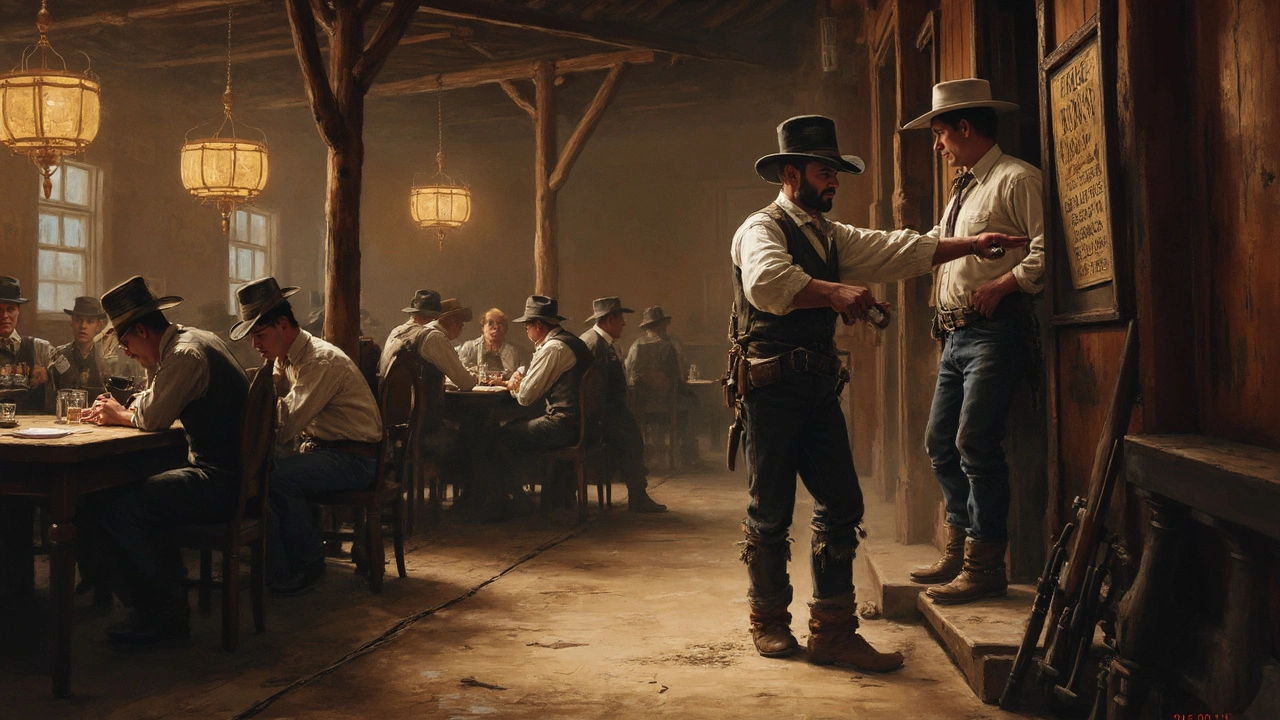
Myths vs. Realities
Alright, so let's peel back the layers and set the record straight about Tombstone's gun control history. First up – the myth that Tombstone was a free-for-all where you could sling your gun around like nobody's business. Turns out, that’s not the whole truth. The town had what's called an 'ordinance' which was similar to a modern-day law.
The Myth of the Guns Blazing Everywhere
Popular media and Hollywood films have painted Tombstone as a place where everyone was armed to the teeth and ready to draw at any moment. It's true that there were some notorious skirmishes – think the Gunfight at the O.K. Corral – but the reality was more controlled. Tombstone's leaders recognized the explosive potential of armed disputes and initiated gun control to keep a lid on violence.
Reality: The Ordinance That Was
In Tombstone, an ordinance was passed that basically said no one could carry firearms within the town limits. You'd have to check your guns with the sheriff or at your hotel upon entering the town. This wasn’t simply about taking away freedom; it was about public safety – obviously a great concern in a town filled with more than its fair share of rowdy characters.
Wyatt Earp: Lawman or Legend?
Now, Wyatt Earp's role adds another layer to the mix. As part of the law enforcement team, Wyatt and his brothers often bore the brunt of enforcing these rules. The myth is he was a gun-toting hero using justice as an excuse to fire away. In reality, Wyatt and his contemporaries were very much about enforcing the law, including the regulations on firearms.
Shining a Light on the True West
These ordinances tell a fascinating story about the Wild West that often gets overshadowed by more romantic tales. It paints a picture of a society trying, against the odds, to create order. Understanding these details gives us a different view of the Wild West laws than what the movies have shown us.
| Year | Main Law |
|---|---|
| 1881 | Enforced gun ordinance in Tombstone |
So the next time you picture Tombstone, remember, it wasn’t all shootouts and chaos. There was an organized attempt to keep things civil while still being quintessentially Wild West. Got you thinking, doesn't it?
Impact on Modern Gun Laws
So, how does a town like Tombstone from the Wild West days connect to today's discussions about modern gun laws? Quite a bit, actually. The gun ban in Tombstone was one of the early examples of an American town attempting to balance the right to bear arms with public safety. That's something we're still trying to figure out today.
Back in 1881, the ordinance in Tombstone restricted carrying deadly weapons inside town limits. This move was pretty bold and, for its time, a sign of a growing sentiment in certain towns across the country that public safety was paramount. Fast forward to now, and the debate over gun control has only intensified. Citizens and lawmakers alike are grappling with similar issues about where and how people can carry firearms responsibly.
The Wyatt Earp Effect
Enter Wyatt Earp, a name synonymous with the OK Corral and gun regulation in the West. His role in enforcing Tombstone's laws has been highlighted as a point of reference in both historical and modern contexts. Earp's actions emphasized that law enforcement sometimes needed to step up to rein in the chaos, a reflection still apparent when we talk about the role of the police in enforcing gun laws today.
There's another angle to consider: the Old West wasn’t as lawless as it's often portrayed. In fact, towns like Tombstone with their firearm bans helped shape the narrative that sensible regulations can coexist with constitutional rights. That's something lawmakers are still exploring, trying to piece together effective policies that respect the Second Amendment while ensuring people's safety.
Lessons from the Past
Today, many US states have urban areas with regulations that echo Tombstone's past. Looking back, Tombstone's approach serves up historical context, guiding maybe—or maybe not—our current legal frameworks. It's not about copying the past directly, but understanding the intent behind actions and applying those lessons to crafted, modern-day laws.
Putting Numbers on Paper
| Year | Tombstone Gun Regulation |
|---|---|
| 1881 | Ordinance to restrict firearms in town |
| 2025 | Discussions on urban zone firearm regulations |
As with most of history, understanding and dissecting Tombstone's gun regulations provide not only colorful stories but real lessons on governing communities. It's about taking a page from the past, learning from it, and seeing what can be applied or adapted to today's ongoing gun law discussions.

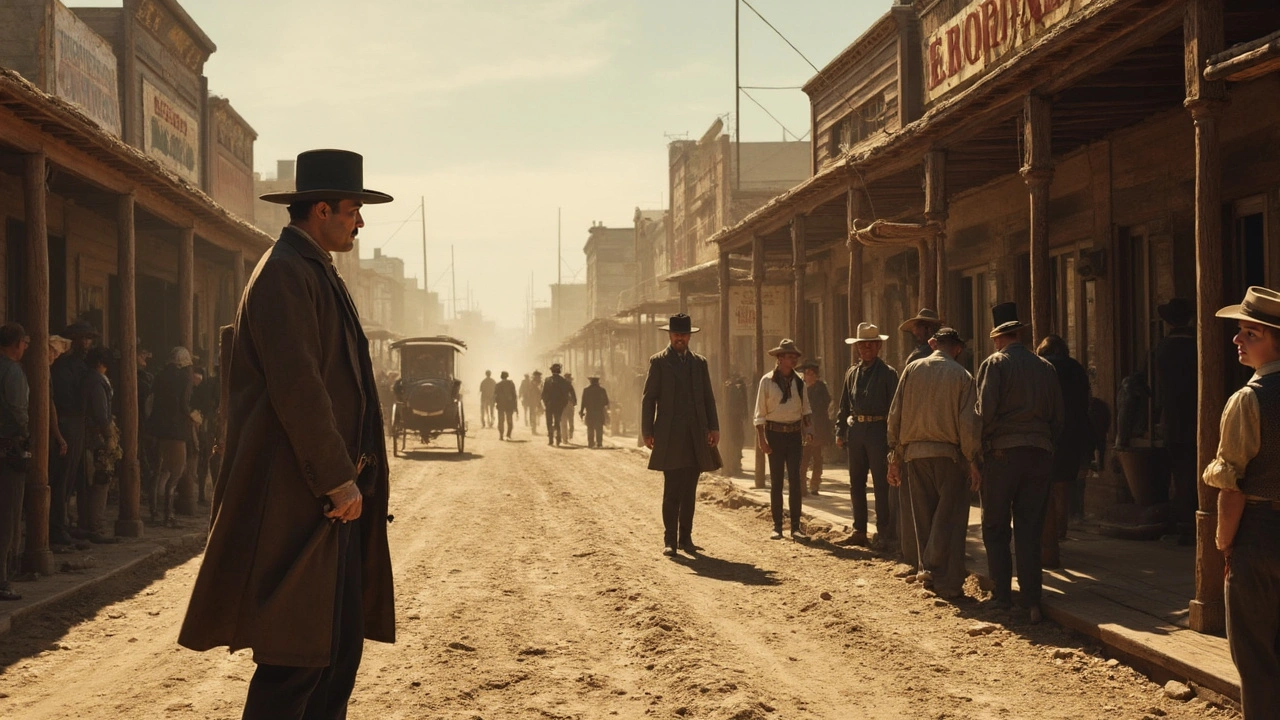
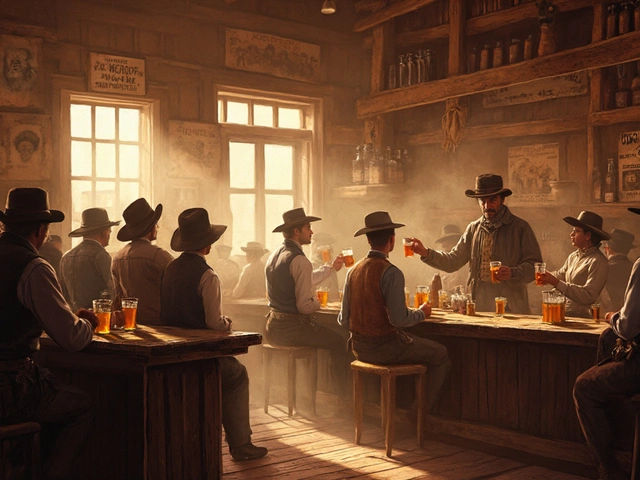

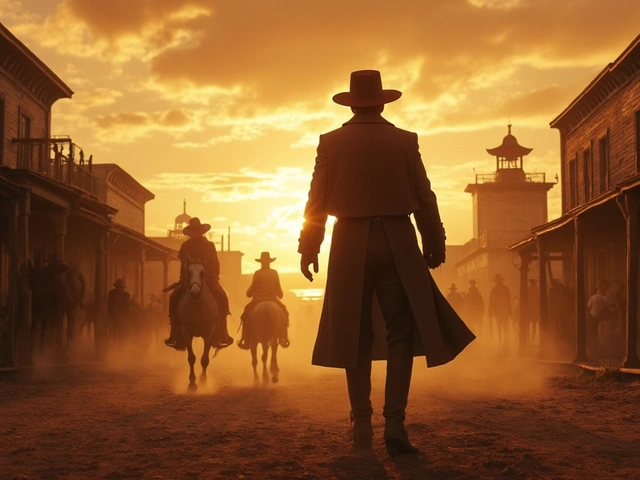
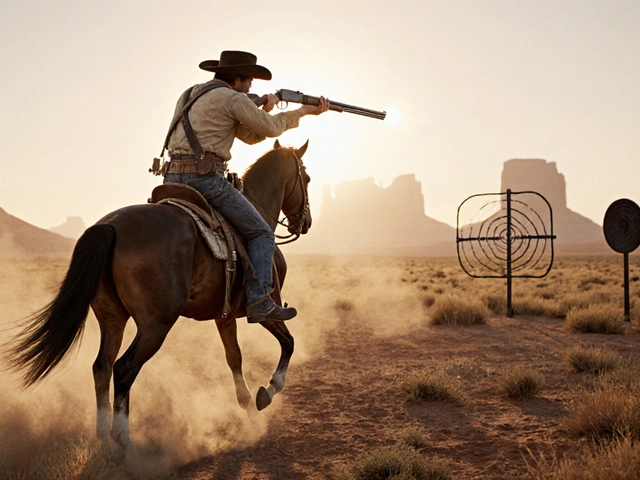
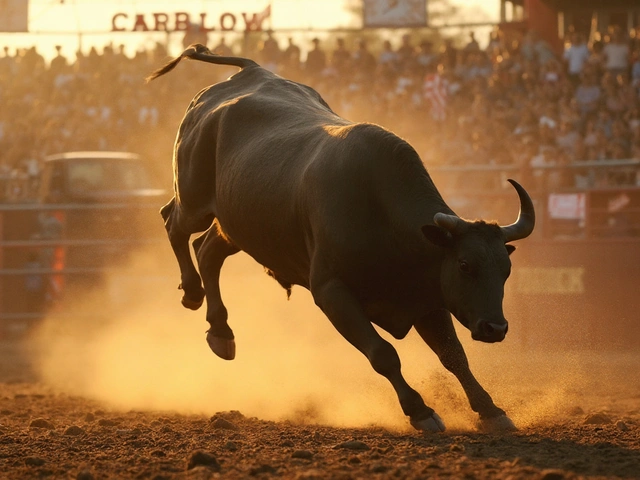
Sumit SM
July 17, 2025 AT 23:51